Objects of Common Interest make light of marble in Milan showcase
At Alcova, Objects of Common Interest reimagines Greek marble offcuts as totemic sculptures within Milan's abandoned glasshouses
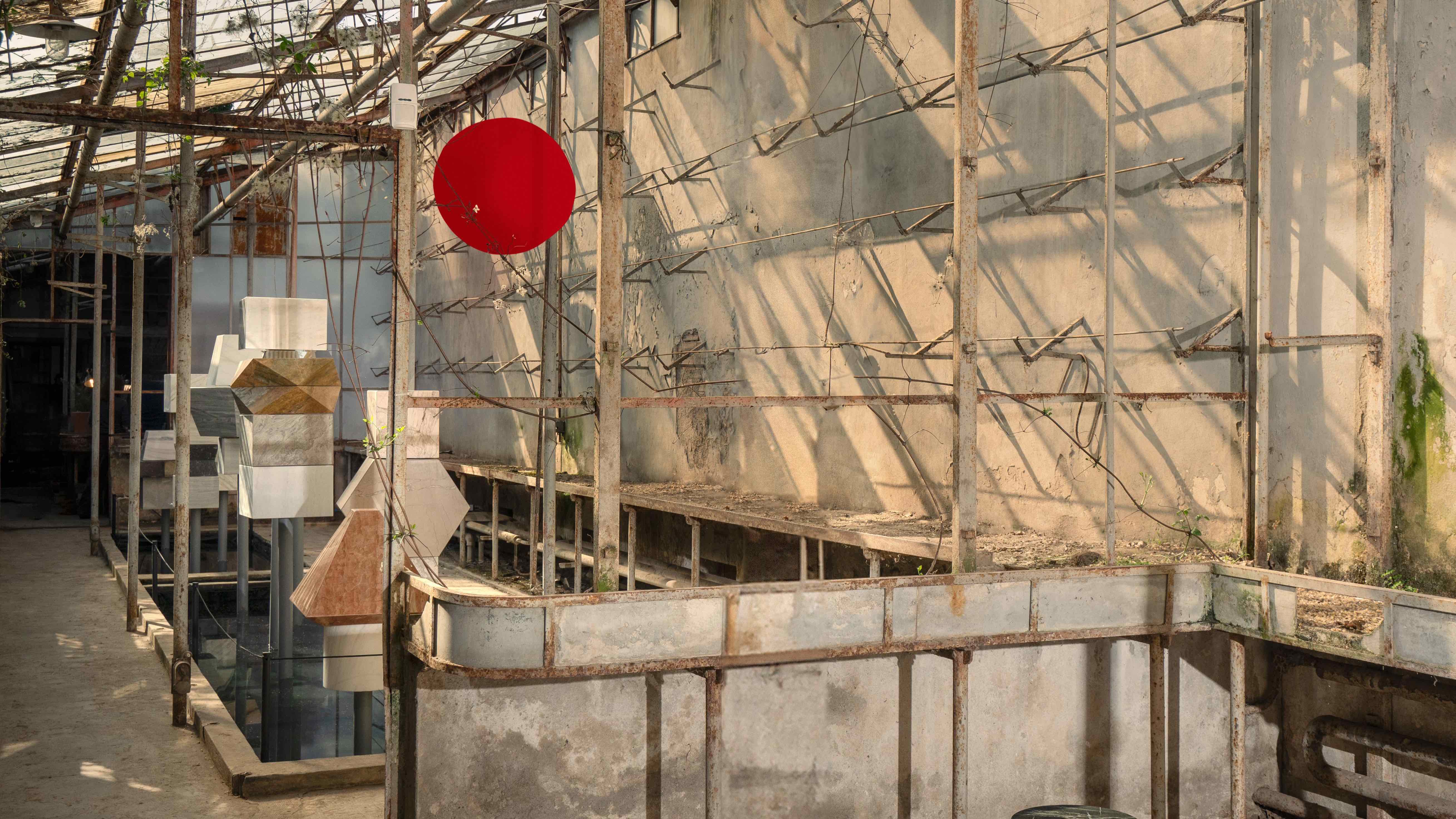
Soft. Floating. Light. Fluid. Breathing. These words are not often used to describe marble. Instead, the history-steeped material, long immortalised in ancient temples and monuments, typically evokes a sense of weight and solidity, classicism and permanence.
Objects of Common Interest (OoCI), the Greek design unit based in Athens and New York, has deftly deconstructed conventional notions of all things marble in a new exhibition ‘Soft Horizons’, unfolding in the new Pasino Glasshouses as part of collective design showcase Alcova, during Milan Design Week 2025.
A dialogue between material, motion and memory gently unfolds through a series of marble installations, aiming to shift perceptions of this elemental Greek material via ethereal expressions of duality – in colour and form, weightlessness and light.
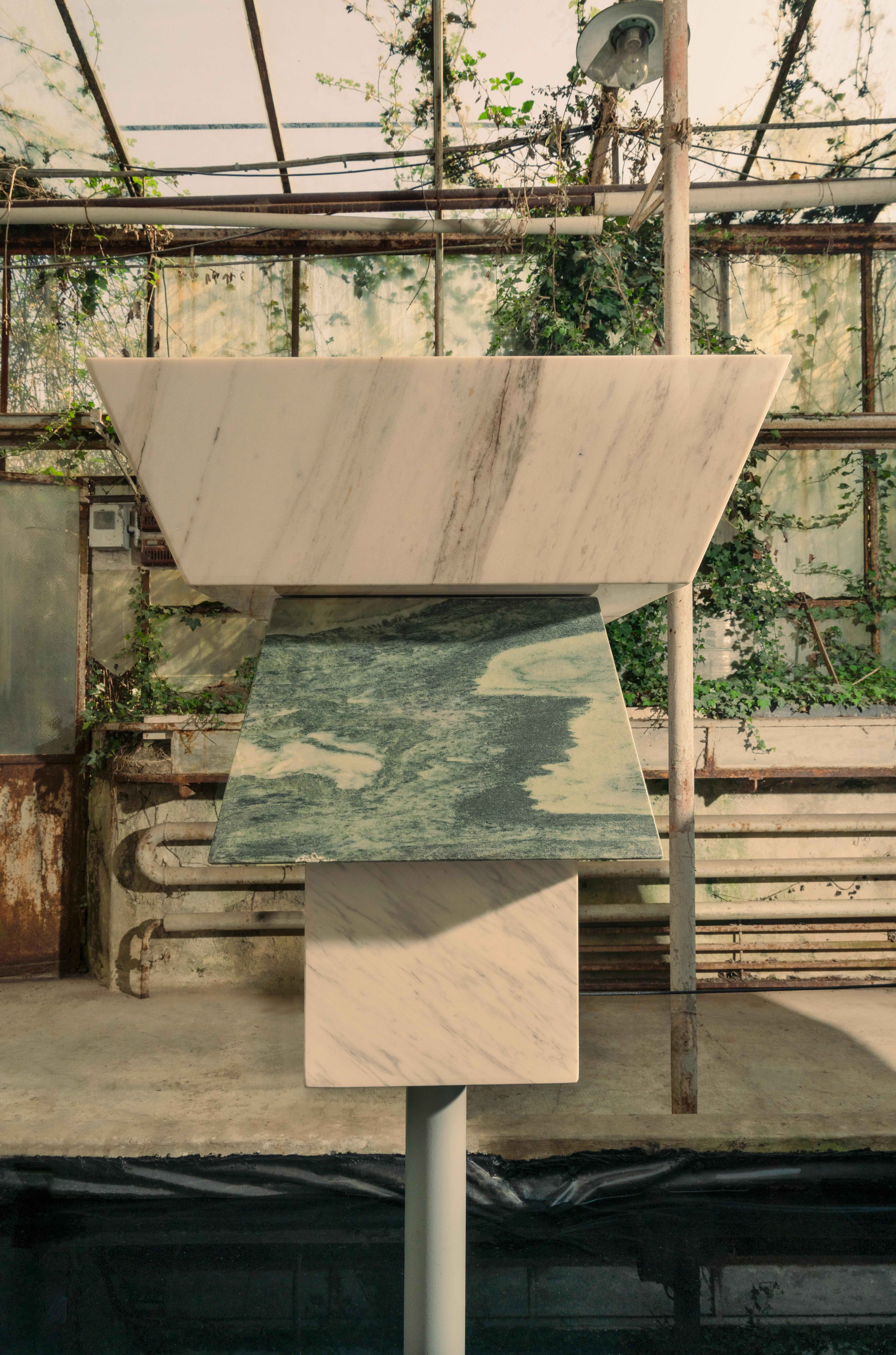
Fragments of Greek marble offcuts have been reshaped and resassembled into totem pole-like displays – some hovering, some spinning above reflective water surfaces
For ‘Soft Horizons’, fragments of Greek marble offcuts have been reshaped and resassembled into totem pole-like displays – some hovering, some spinning above reflective water surfaces in the sun-filtering greenery of the glasshouse. Rising above it all is a sun-like disk – a speaker crafted by Oda – adding an auditory layer to the sensory spatial softness.
'We wanted to counter marble’s typical associations with weight and monumentality,' Eleni Petaloti and Leonidas Trampoukis, creators of OoCI, tell Wallpaper*. 'Fragments of Greek marble appear to float, shift, and breathe, almost imperceptibly, responding to subtle cues in the environment.'
'By placing them within a greenhouse filled with light, movement, sound and water, we reframed the material as something alive and in motion. Transparency here isn’t just visual – it’s emotional and perceptual, inviting visitors to see marble in an entirely new light.'
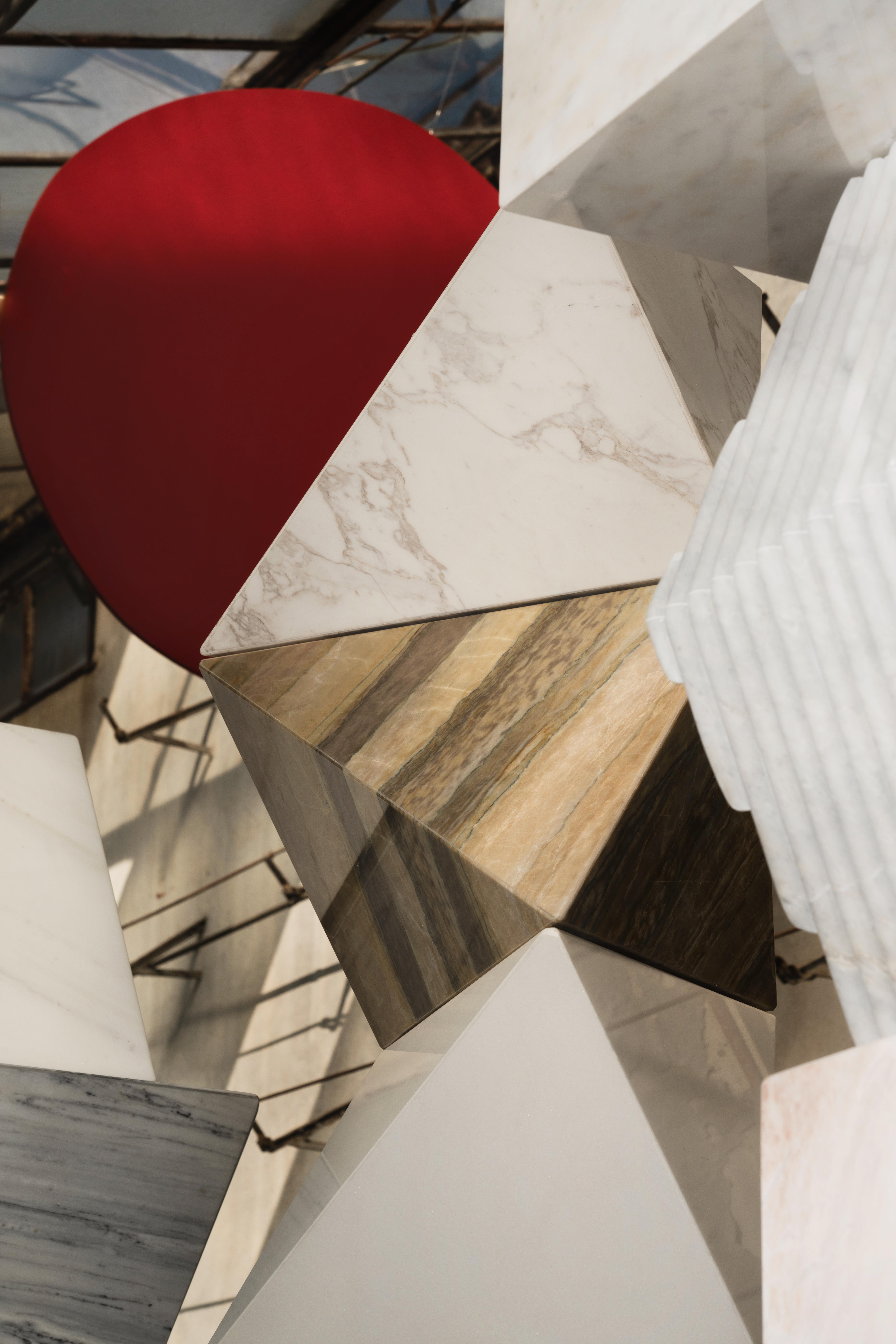
The designers sought to counter marble’s typical associations with weight and monumentality
The marble was sourced from quarries across Greece, with nature, time and history written into their distinct tones, shades and textures. There is Pentelikon marble from Mount Penteli, used in the Parthenon and still quarried today in Dionysos, with a 'fine grain and soft golden hue'; the crystaline white purity of marble from Thassos island; and Volakas marble from northern Greece, defined by a creamy white base and delicate grey watercolour-like veining.
Wallpaper* Newsletter
Receive our daily digest of inspiration, escapism and design stories from around the world direct to your inbox.
Marble carries an ethereal quality. Despite its weight and solidity, there’s a lightness in how it reflects light and in the softness of its texture
Eleni Petaloti and Leonidas Trampoukis
Each marble carries its own geological story and visual temperament, adding layers of meaning to the installation,' adds OoCI. 'Marble is deeply rooted in the earth. Its natural veining is formed over time through the layering and compression of various mineral sediments, making each piece entirely unique, a visual record of geological time and transformation.'
'At the same time, marble carries an ethereal quality. Despite its weight and solidity, there’s a lightness in how it reflects light and in the softness of its texture. This duality is something we aim to express through our design, allowing people to experience both its groundedness and its almost spiritual presence.'

For the New York and Athens-based design duo, marble represents both permanence and transformation
For the Greek design duo, based in Athens and New York, layered into the marble’s distinct colours and time-travelled textures is the innately familiar. 'Marble is embedded in our collective memory,' they explain. 'Growing up in Greece, you absorb its presence – not just in monumental architecture, but in everyday surfaces and objects.
'It represents both permanence and transformation. For us, it's not just a historical material, but one that invites reinterpretation. It's a bridge between the earth and human touch, between past and possibility.'
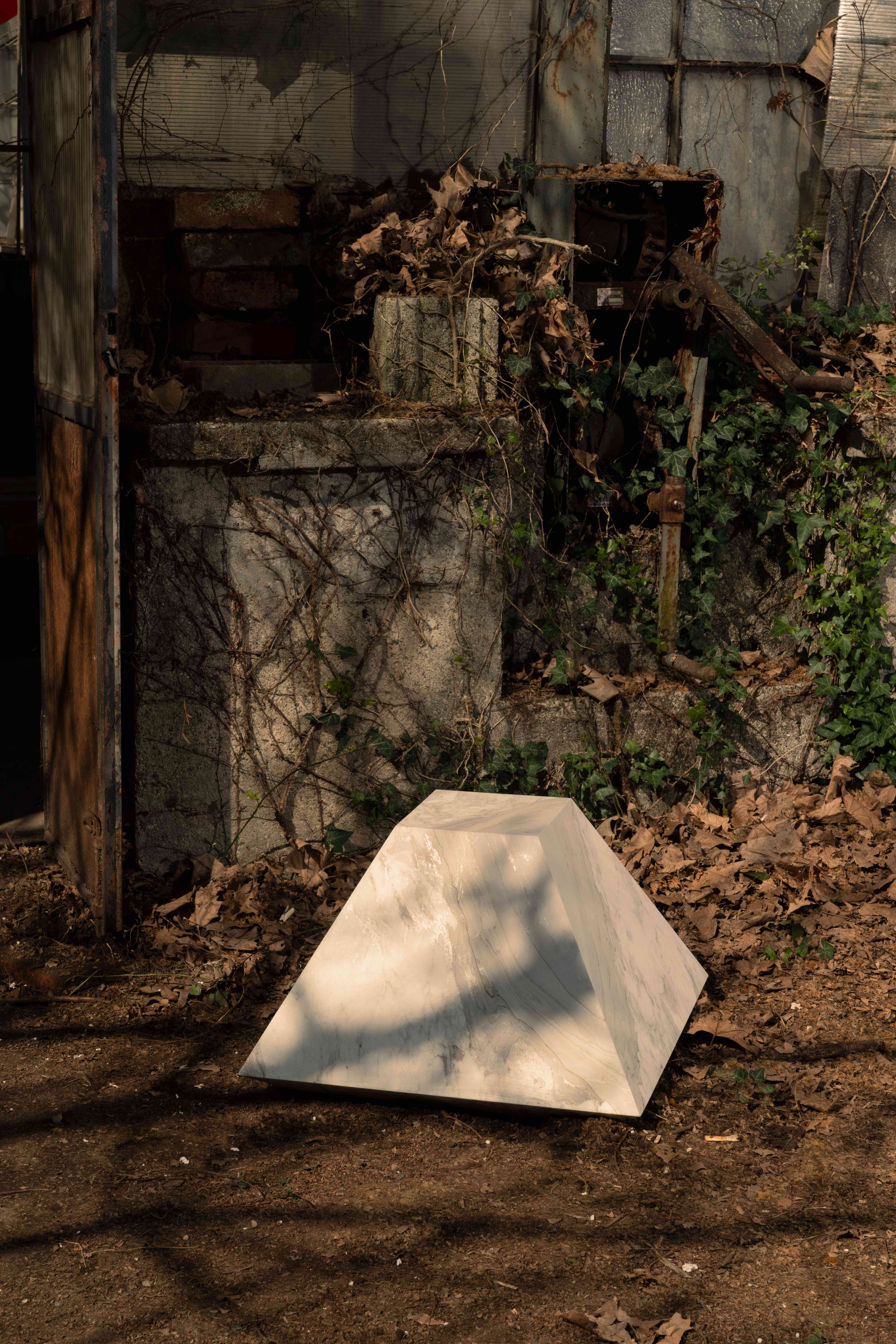
The exhibition was brought to life alongside the Greek Marble Association, as part of an Enterprise Greece initiative to promote the material
The project – described as a celebration of marble – was brought to life in collaboration with the Greek Marble Association, as part of an Enterprise Greece initiative to promote the material, alongside the creation of the new brand 'Greek Marble | Then. Now. Forever.', bringing together seven marble companies from across the country.
Highlighting marble's untapped potential as a sustainable material, OoCI adds: 'Greece’s marble industry is both rooted and evolving. There’s deep expertise, inherited over generations, but also a growing openness to experimentation and contemporary design collaborations.'
For us, it's not just a historical material, but one that invites reinterpretation. It's a bridge between the earth and human touch, between past and possibility
Eleni Petaloti and Leonidas Trampoukis
'With numerous active quarries across the country, Greece is not only a key extractor but also a major exporter, equipped with cutting-edge machinery and modern techniques. Marble today can no longer be viewed as solely a symbol of grandeur or antiquity – it’s entering a more nuanced dialogue, responding to ideas around sustainability, craftsmanship, and sensorial experience.'
Soft Horizons, 7-12 April, Alcova, Serre Di Pasino, Via Emanuelle II, 54, 20814, Varedo
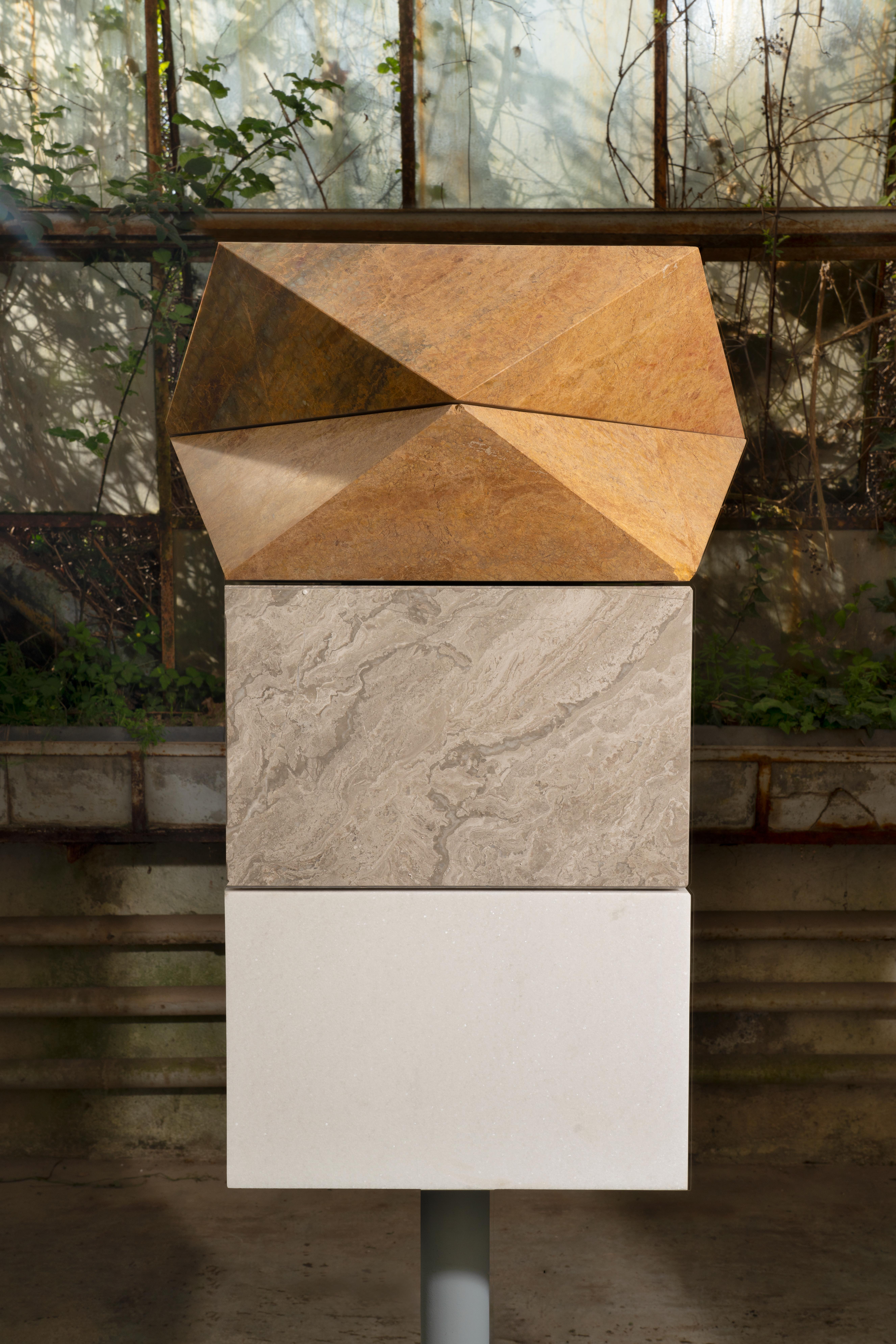
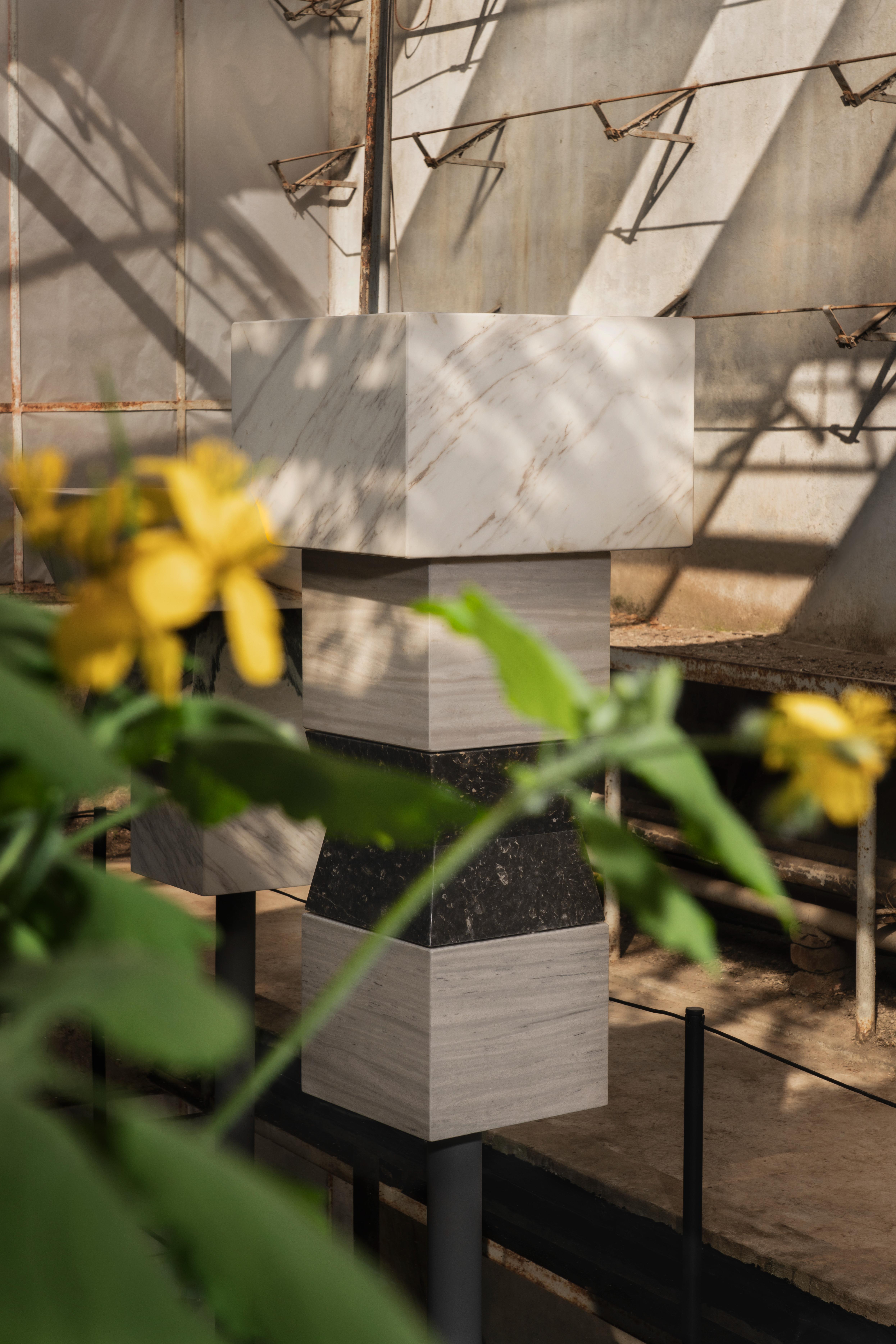
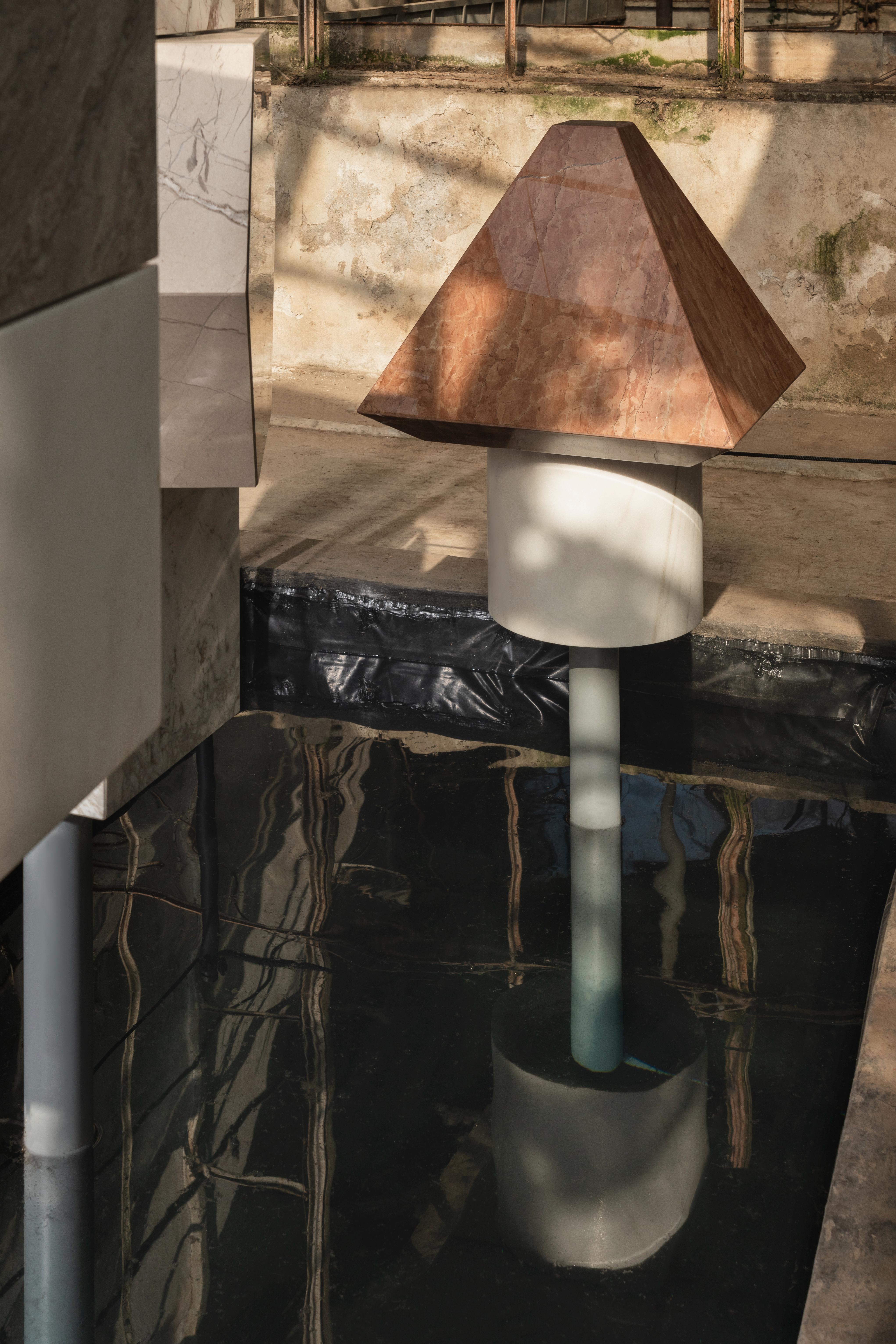
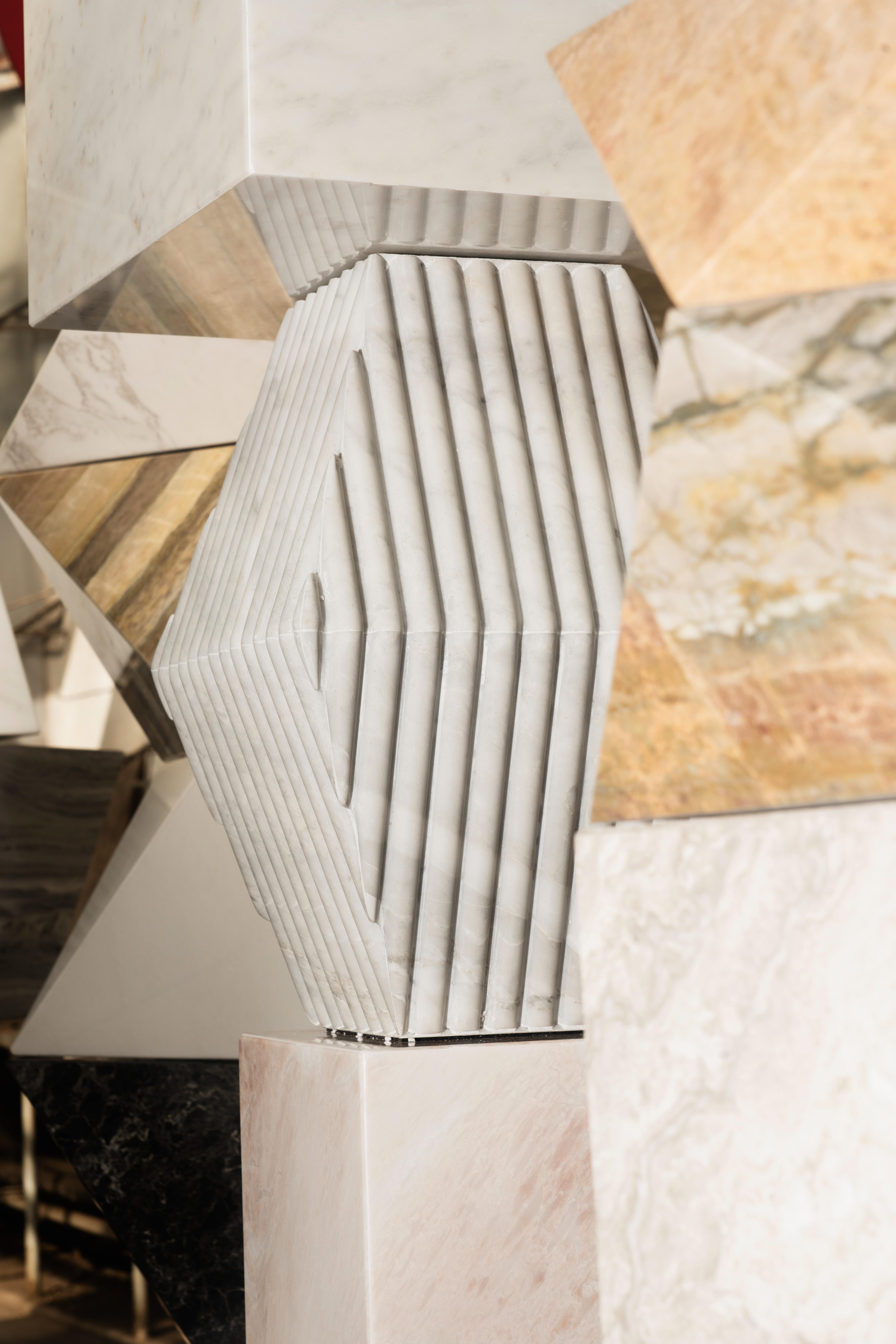
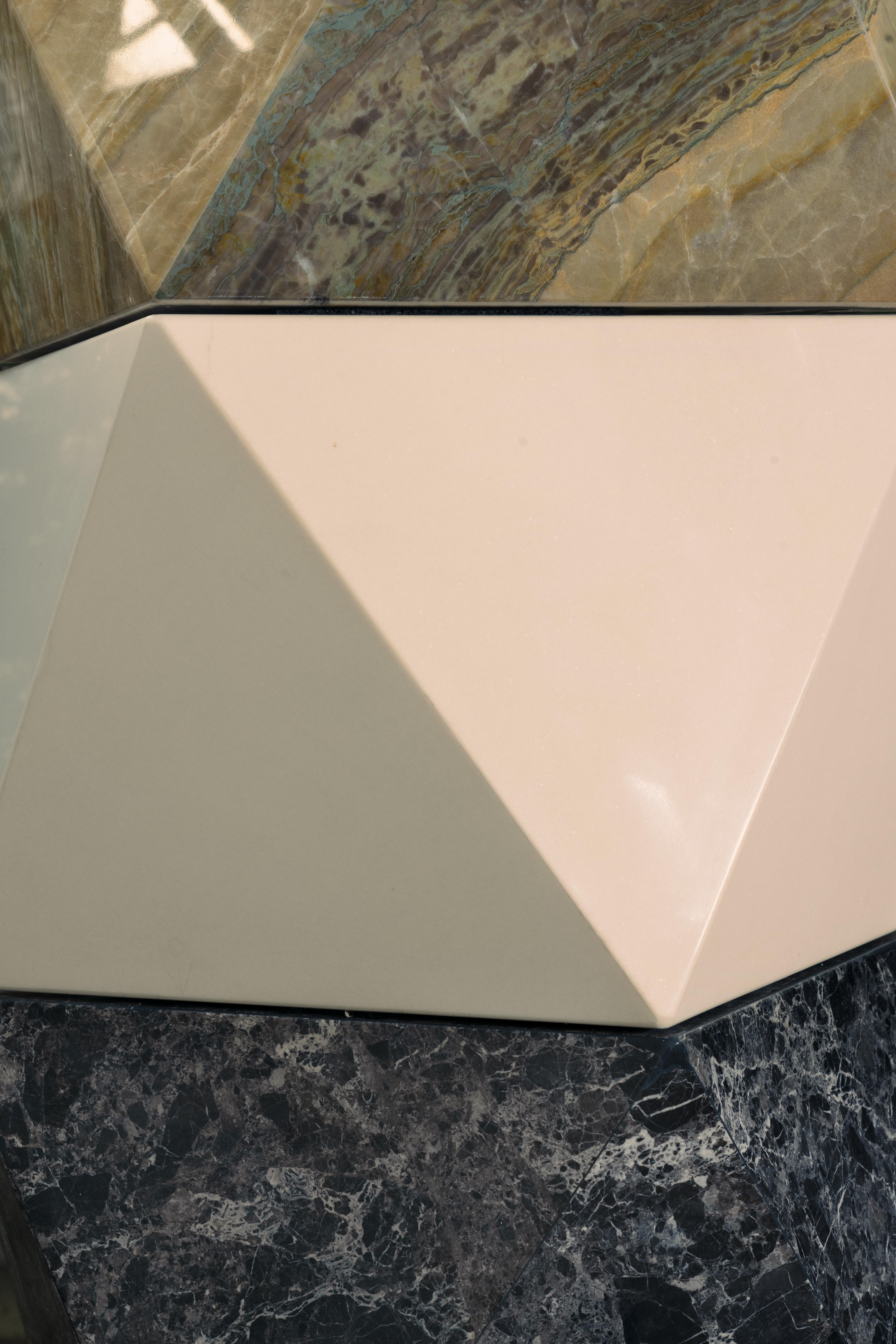
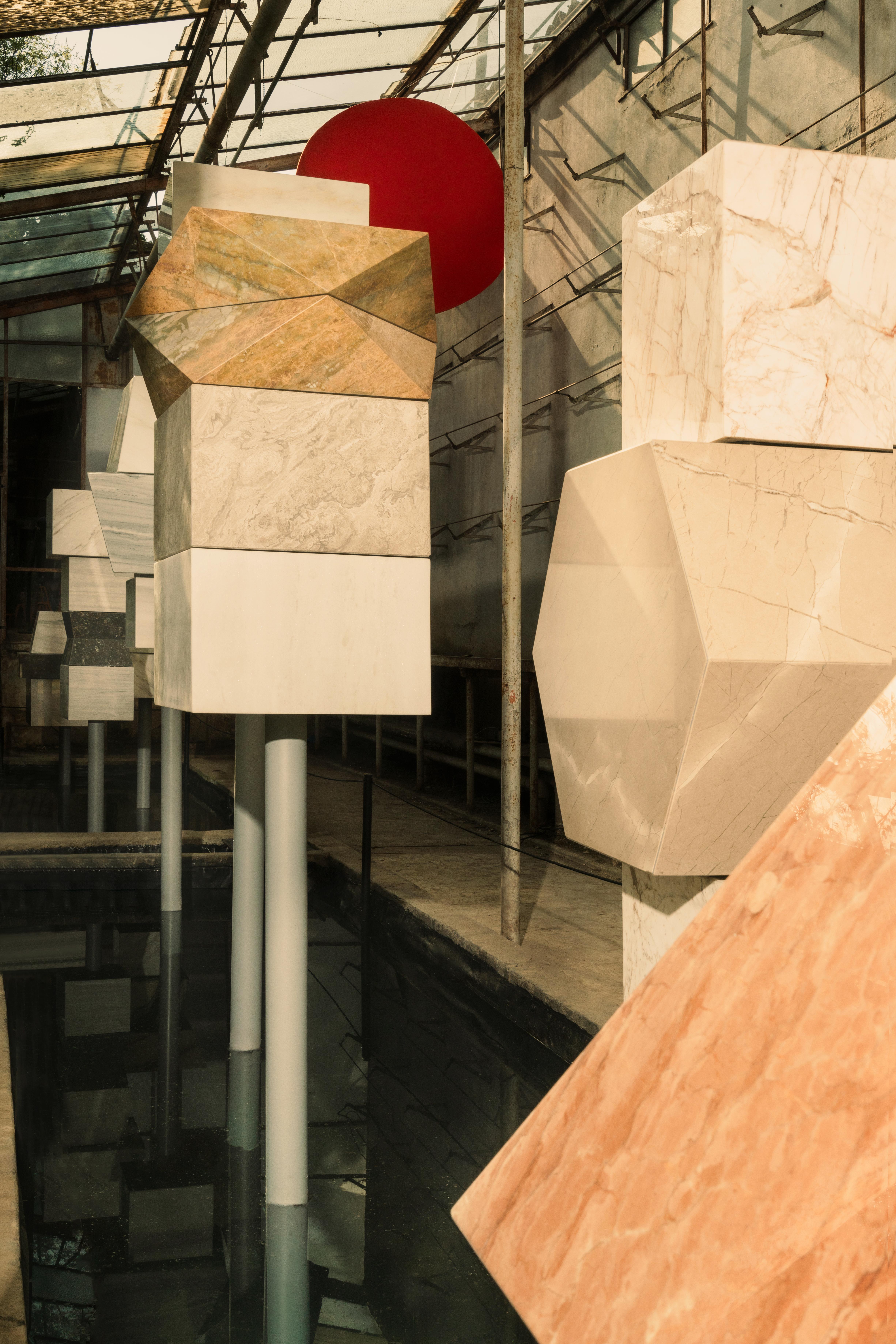
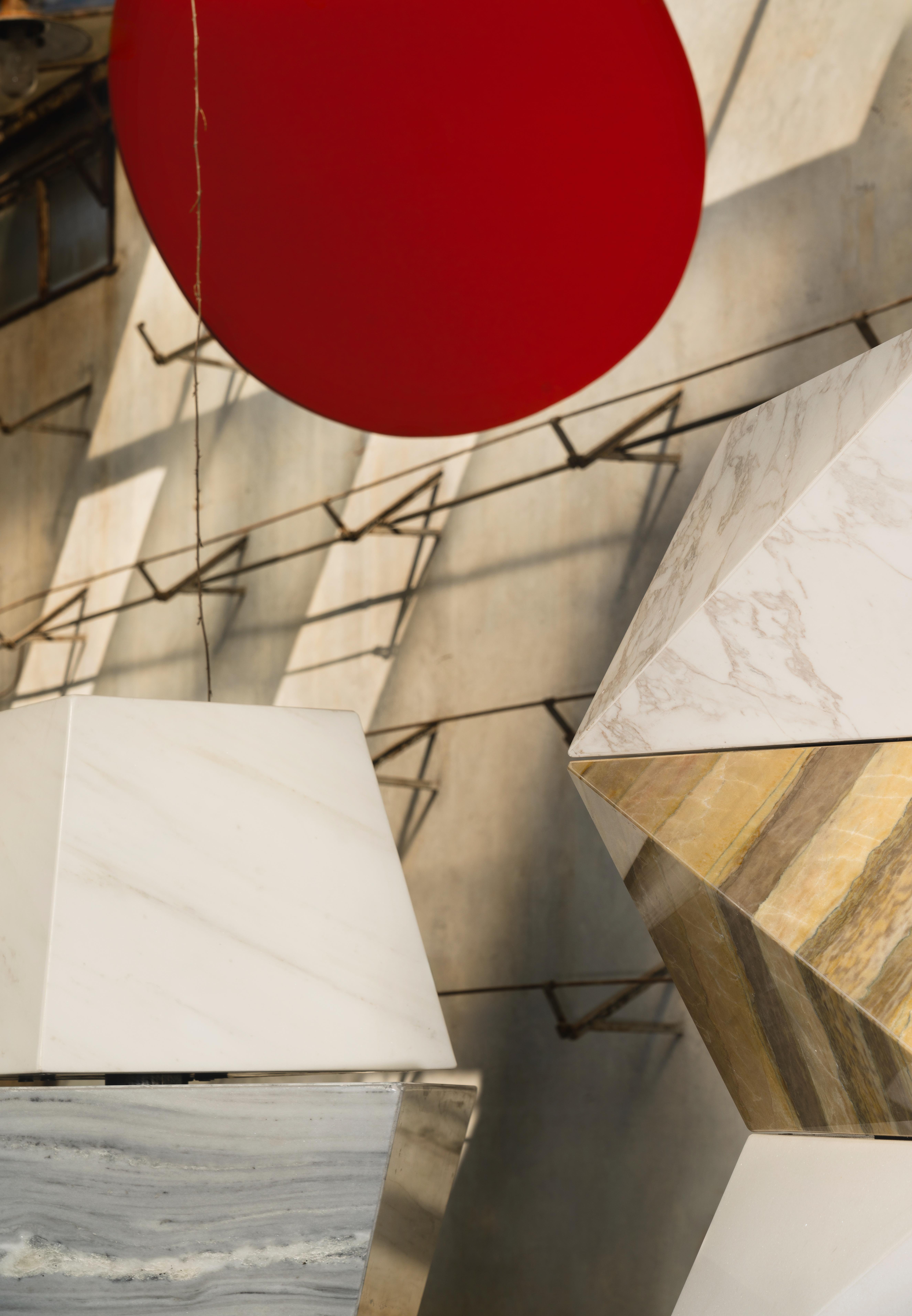
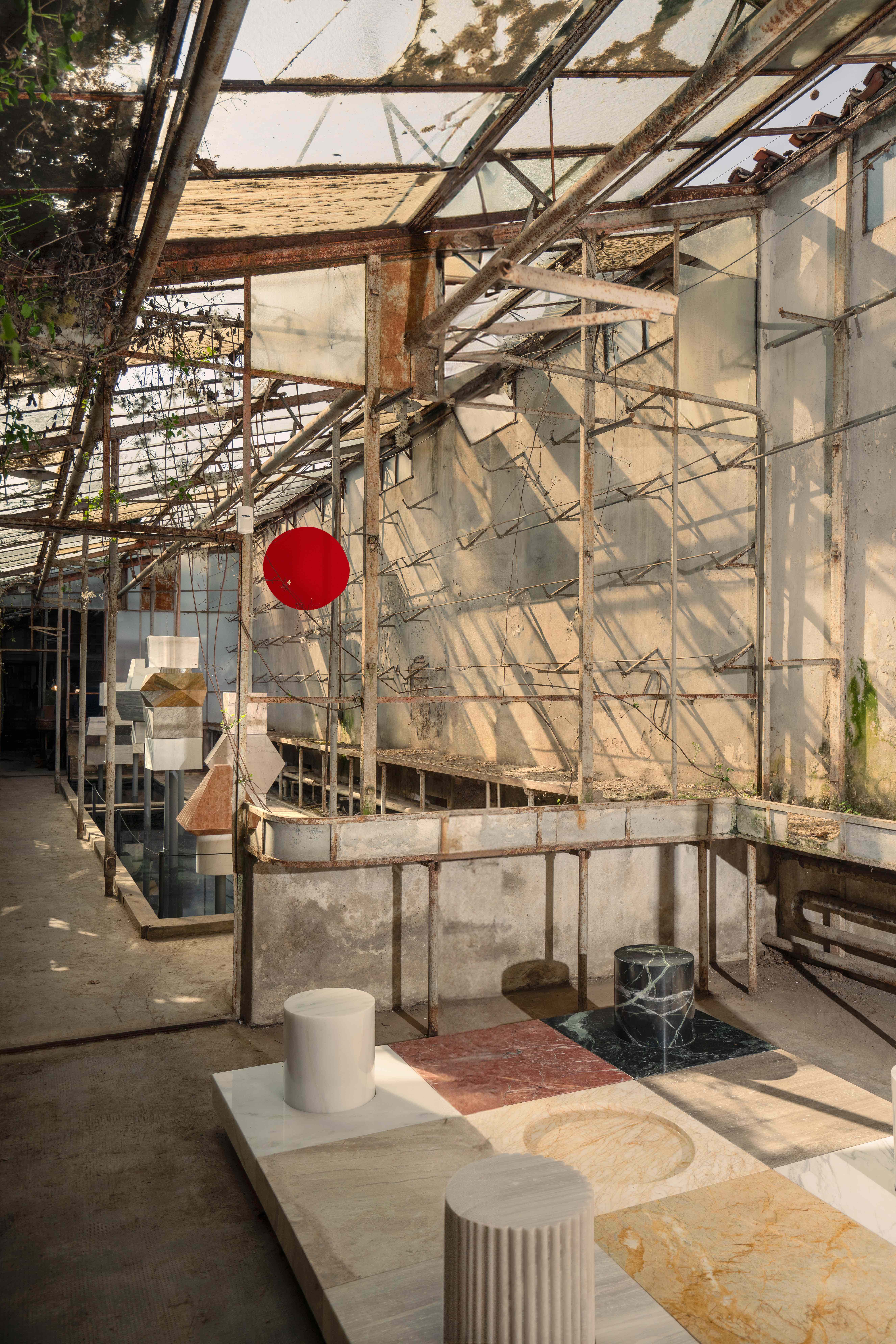
Danielle Demetriou is a British writer and editor who moved from London to Japan in 2007. She writes about design, architecture and culture (for newspapers, magazines and books) and lives in an old machiya townhouse in Kyoto.
Instagram - @danielleinjapan
-
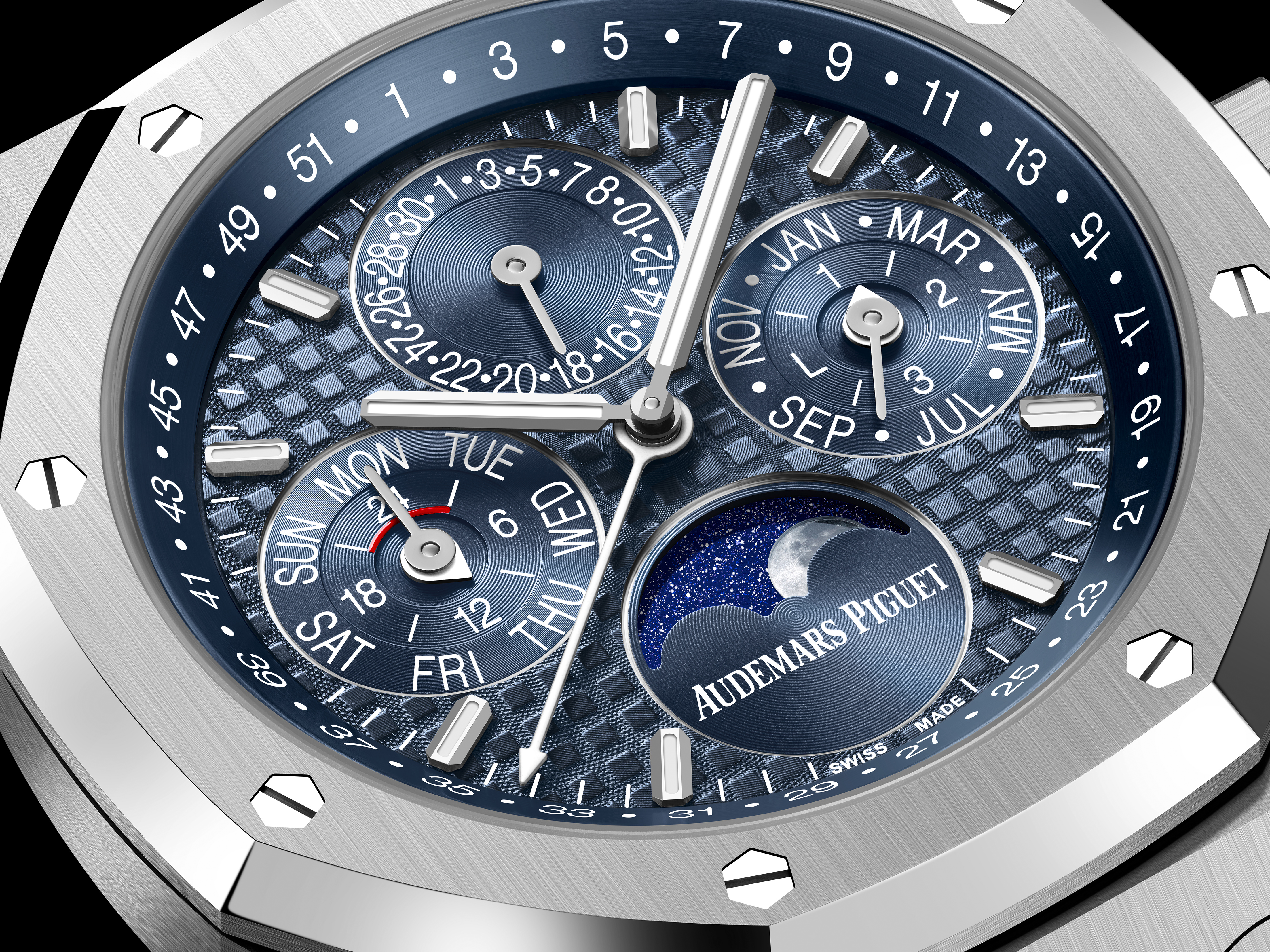 The Audemars Piguet Royal Oak Perpetual Calendar watch solves an age-old watchmaking problem
The Audemars Piguet Royal Oak Perpetual Calendar watch solves an age-old watchmaking problemThis new watch may be highly technical, but it is refreshingly usable
By James Gurney
-
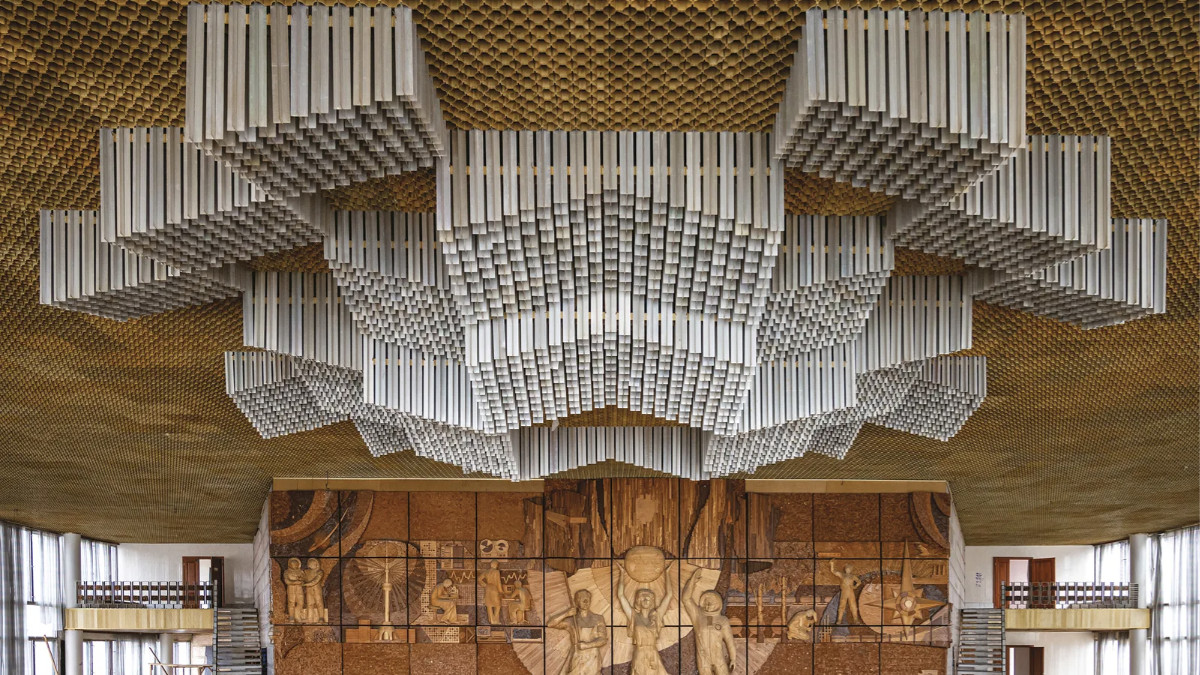 Ukrainian Modernism: a timely but bittersweet survey of the country’s best modern buildings
Ukrainian Modernism: a timely but bittersweet survey of the country’s best modern buildingsNew book ‘Ukrainian Modernism’ captures the country's vanishing modernist architecture, besieged by bombs, big business and the desire for a break with the past
By Jonathan Bell
-
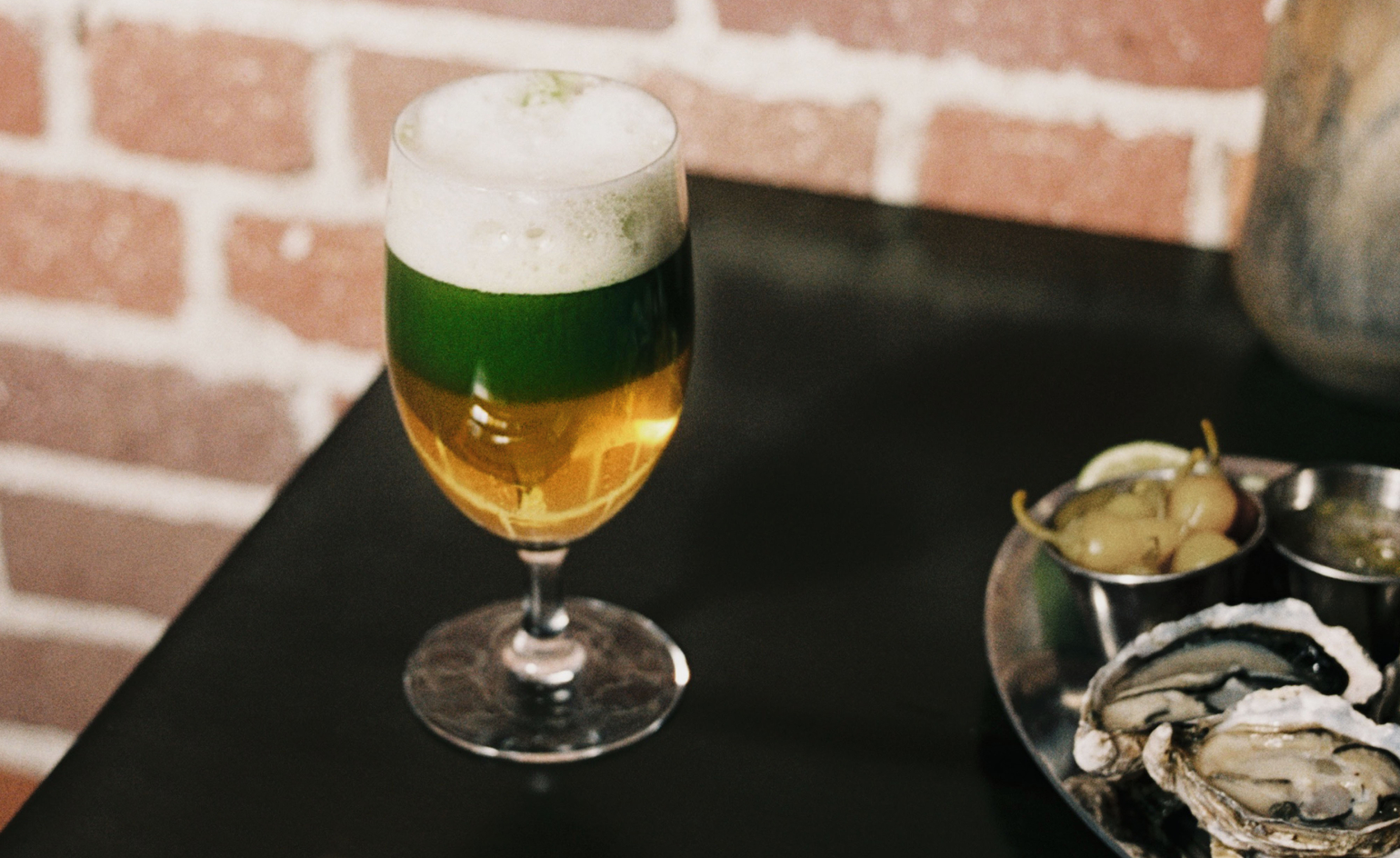 Fancy a matcha-beer cocktail? Visit this dashing new LA restaurant
Fancy a matcha-beer cocktail? Visit this dashing new LA restaurantCafé 2001 channels the spirit of an American diner with the flow of a European bistro and the artistry of Japanese cuisine
By Carole Dixon
-
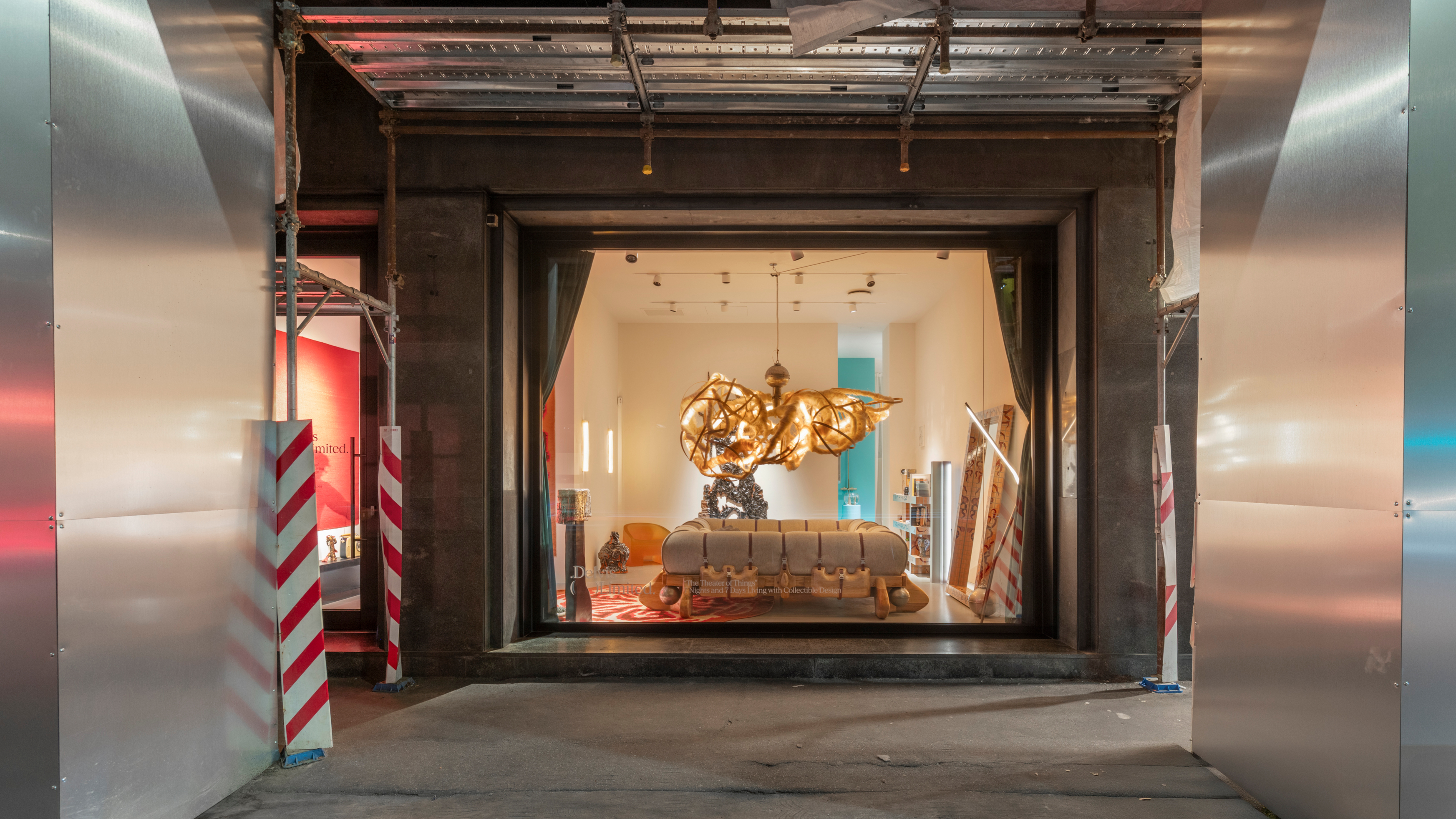 Delvis (Un)Limited turns a Brera shopfront into a live-in design installation
Delvis (Un)Limited turns a Brera shopfront into a live-in design installationWhat happens when collectible design becomes part of a live performance? The Theatre of Things, curated by Joseph Grima and Valentina Ciuffi, invited designers to live with their work – and let the public look in
By Ali Morris
-
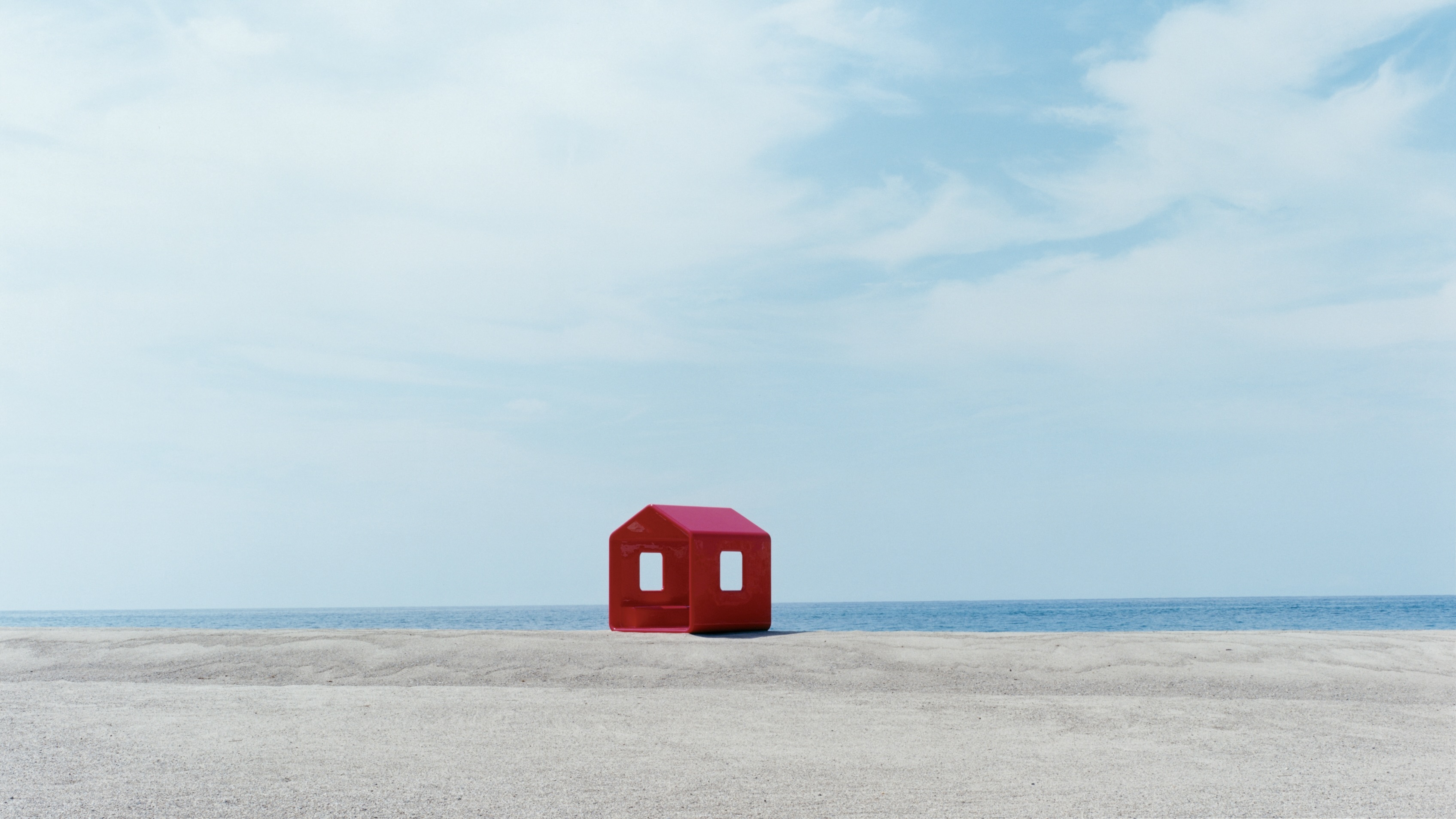 Naoto Fukasawa sparks children’s imaginations with play sculptures
Naoto Fukasawa sparks children’s imaginations with play sculpturesThe Japanese designer creates an intuitive series of bold play sculptures, designed to spark children’s desire to play without thinking
By Danielle Demetriou
-
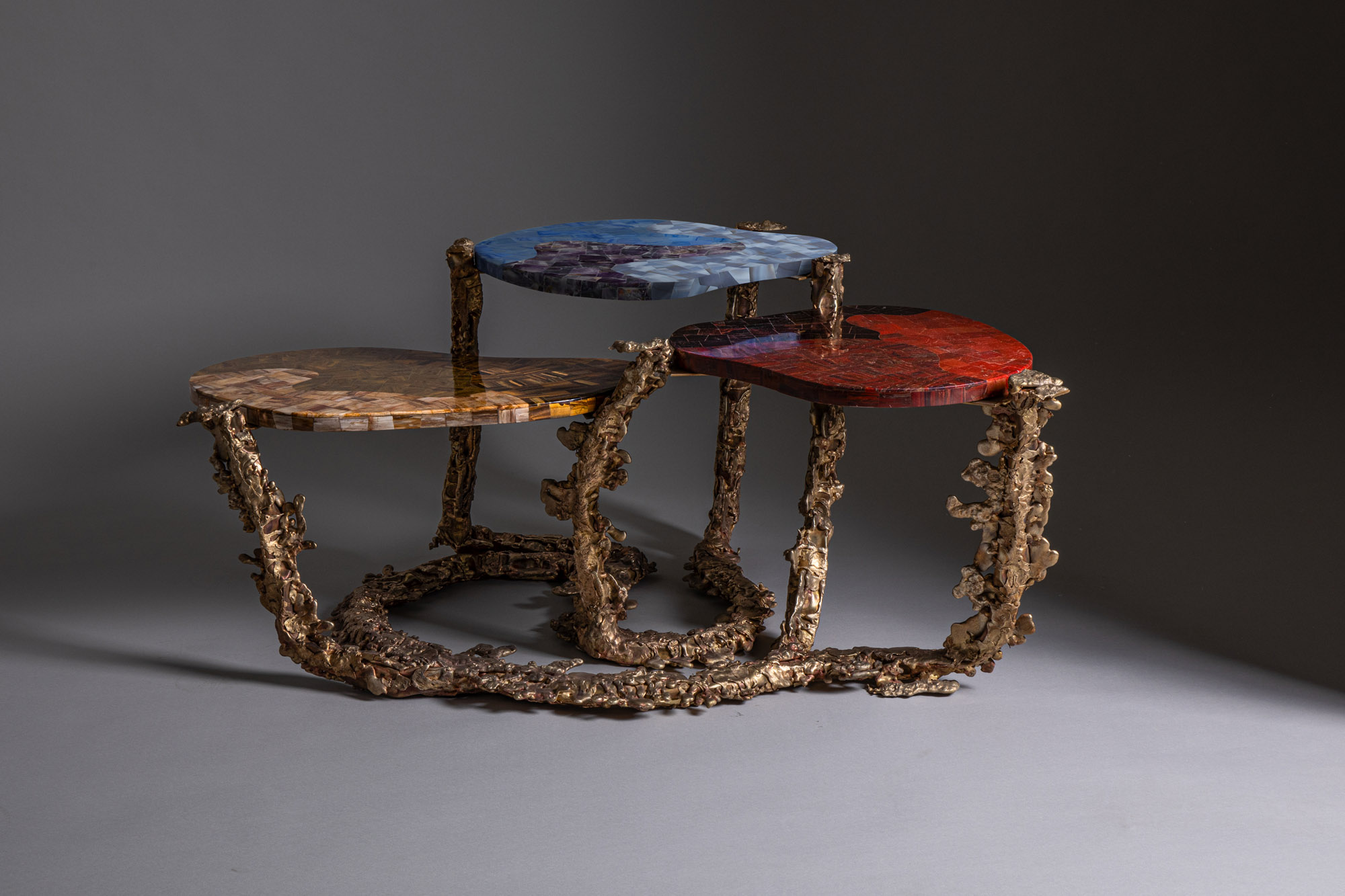 Inside the Shakti Design Residency, taking Indian craftsmanship to Alcova 2025
Inside the Shakti Design Residency, taking Indian craftsmanship to Alcova 2025The new initiative pairs emerging talents with some of India’s most prestigious ateliers, resulting in intricately crafted designs, as seen at Alcova 2025 in Milan
By Henrietta Thompson
-
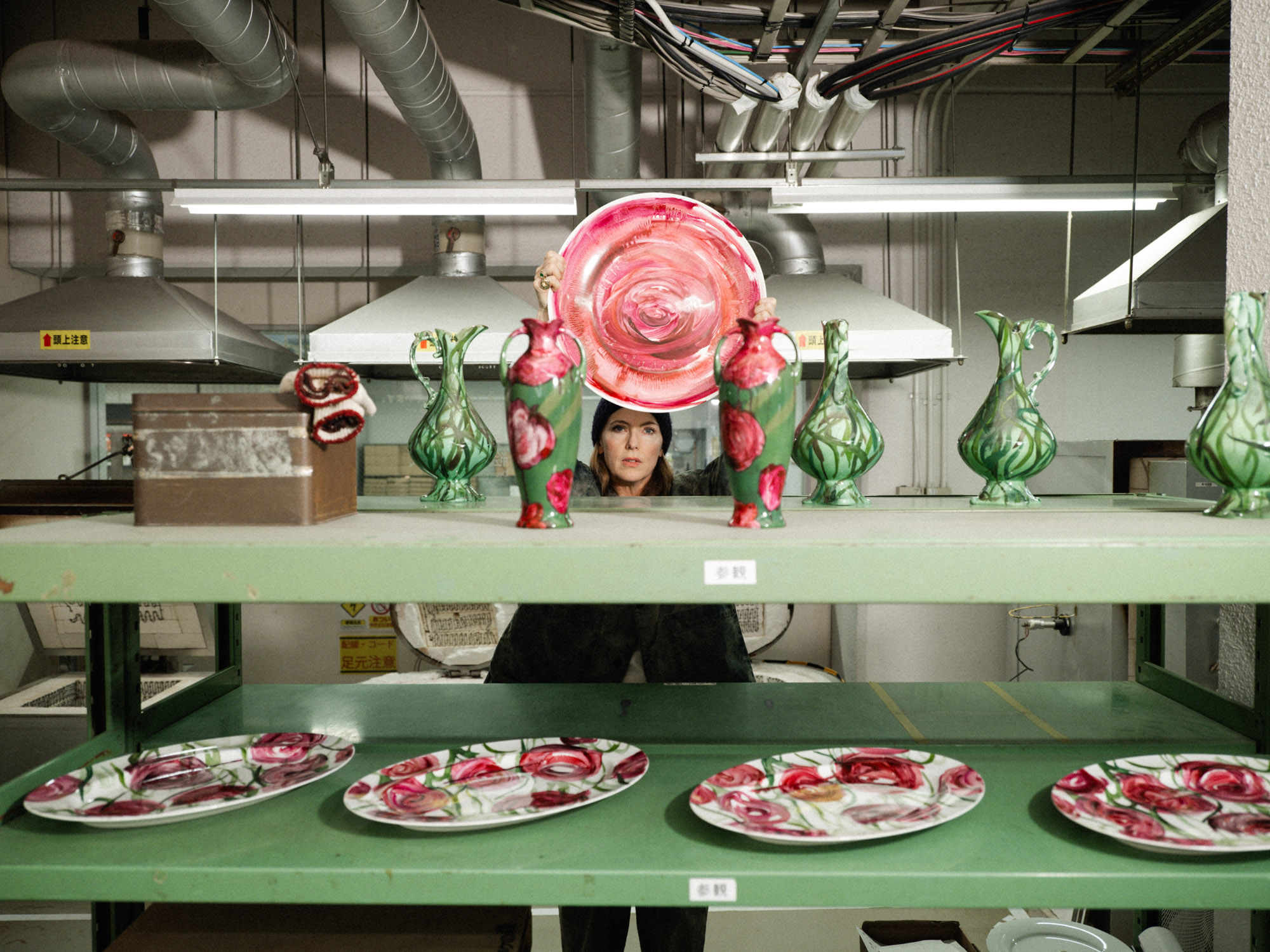 Faye Toogood comes up roses at Milan Design Week 2025
Faye Toogood comes up roses at Milan Design Week 2025Japanese ceramics specialist Noritake’s design collection blossoms with a bold floral series by Faye Toogood
By Danielle Demetriou
-
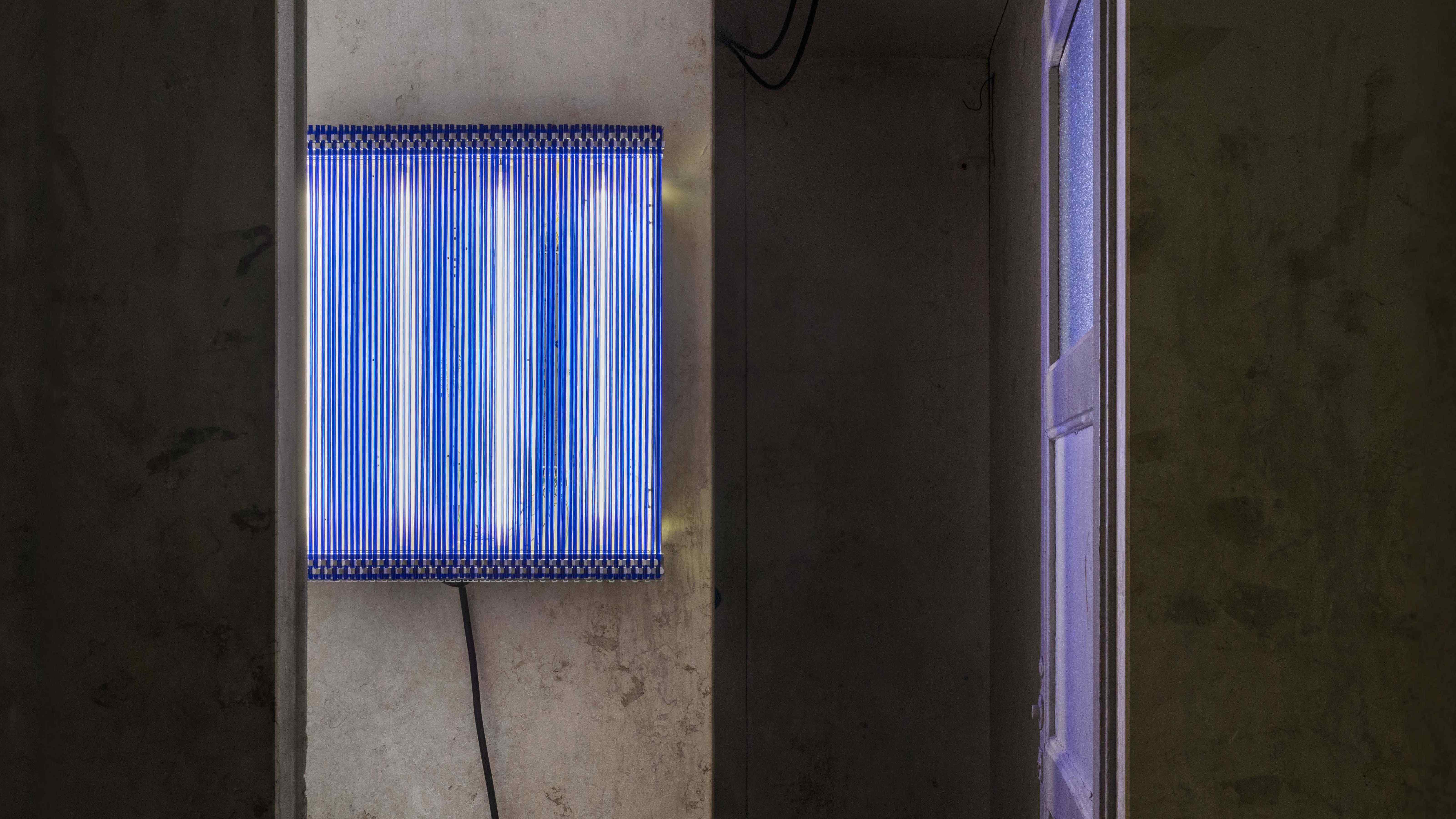 6:AM create a spellbinding Murano glass showcase in Milan’s abandoned public shower stalls
6:AM create a spellbinding Murano glass showcase in Milan’s abandoned public shower stallsWith its first solo exhibition, ‘Two-Fold Silence’, 6:AM unveils an enchanting Murano glass installation beneath Piscina Cozzi
By Ali Morris
-
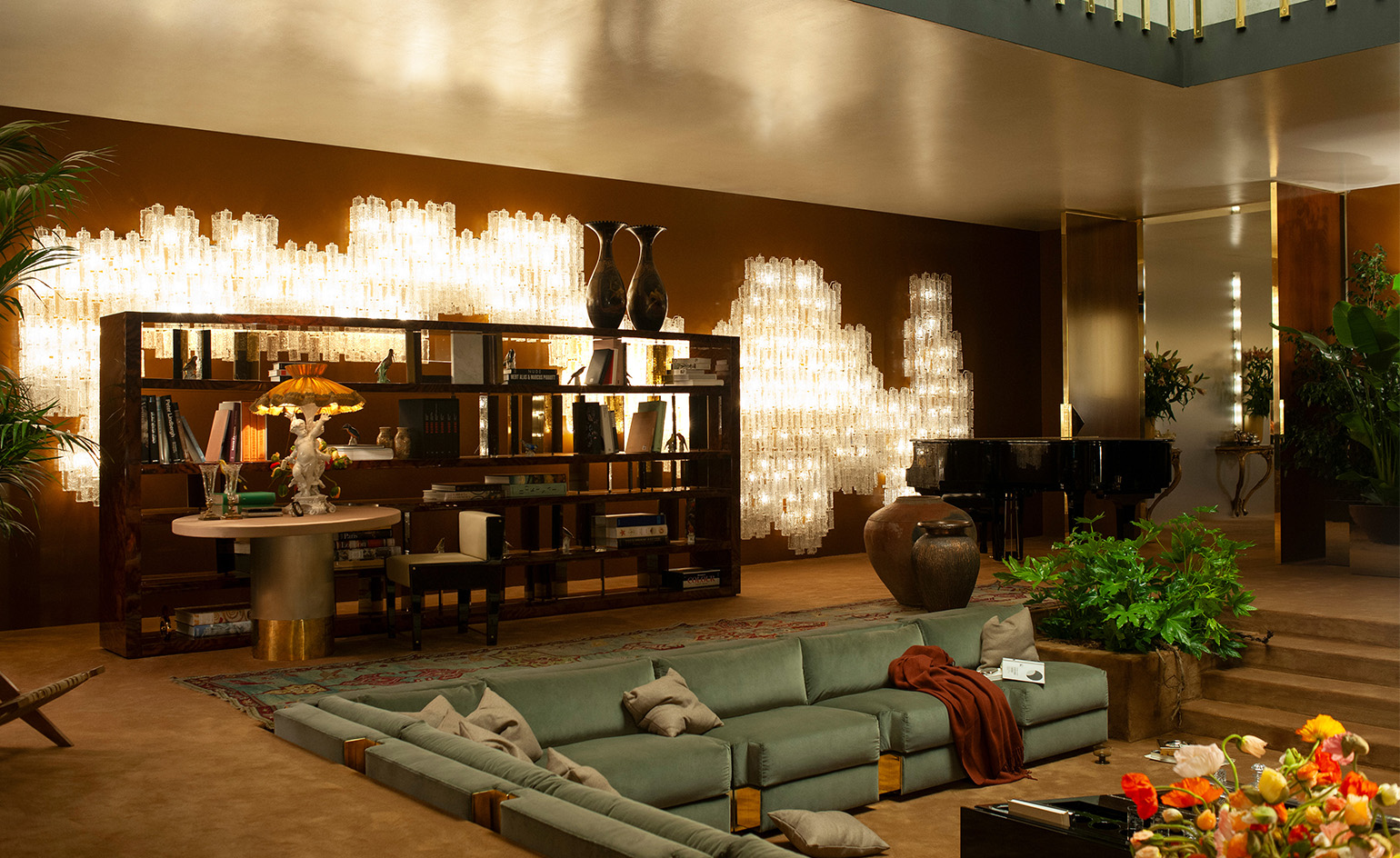 Dimoremilano and Loro Piana channel 1970s cinema in decadent Milan display
Dimoremilano and Loro Piana channel 1970s cinema in decadent Milan displayAt Milan Design Week 2025, Dimorestudio has directed and staged an immersive, film-inspired installation to present new furniture and decor for Loro Piana
By Dan Howarth
-
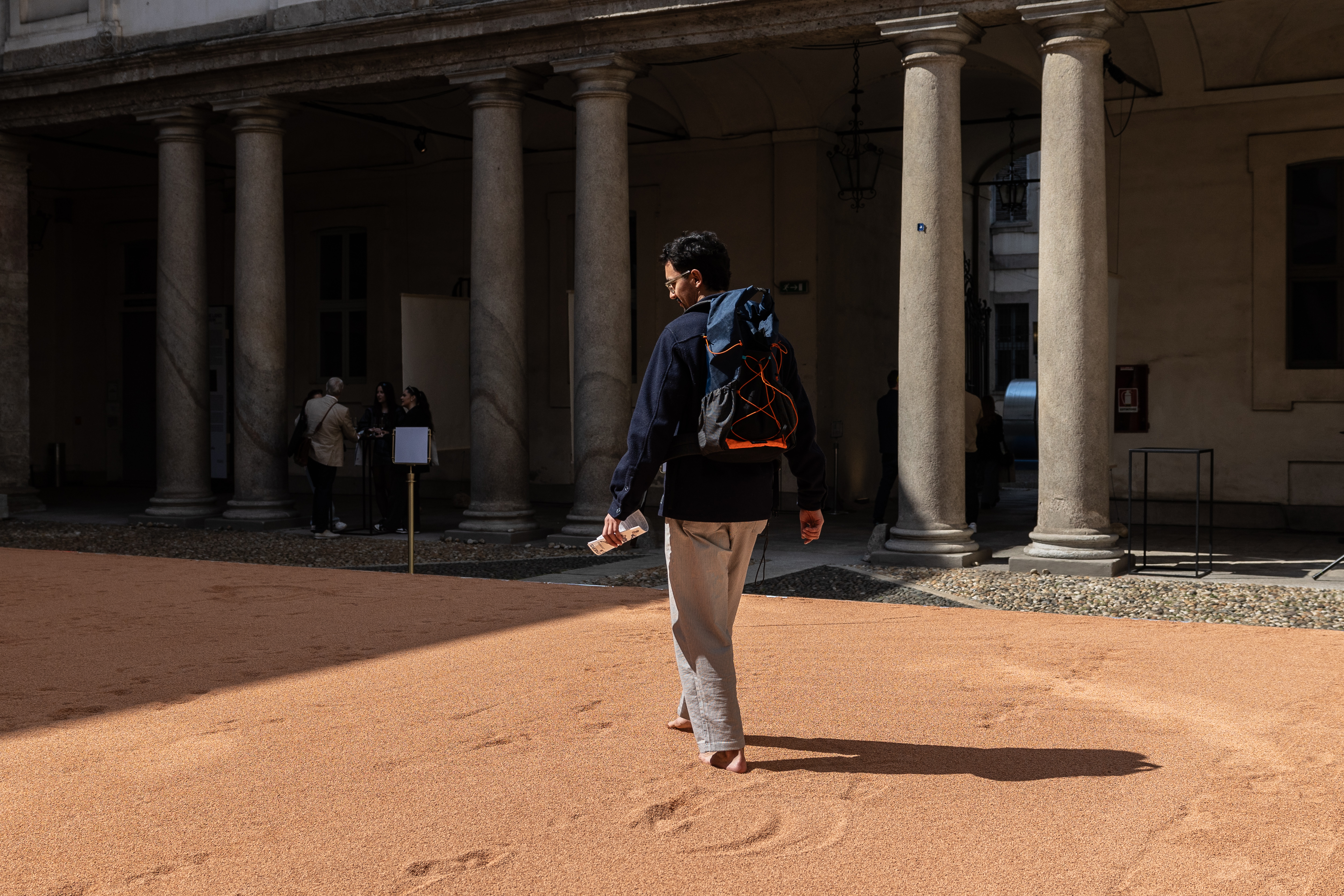 In Milan, MoscaPartners presents a poetic exploration of ‘migration’
In Milan, MoscaPartners presents a poetic exploration of ‘migration’Alongside immersive work by Byoung Cho, MoscaPartners’ Milan Design Week 2025 display features an accessible exhibition path designed for visually impaired visitors
By Cristina Kiran Piotti
-
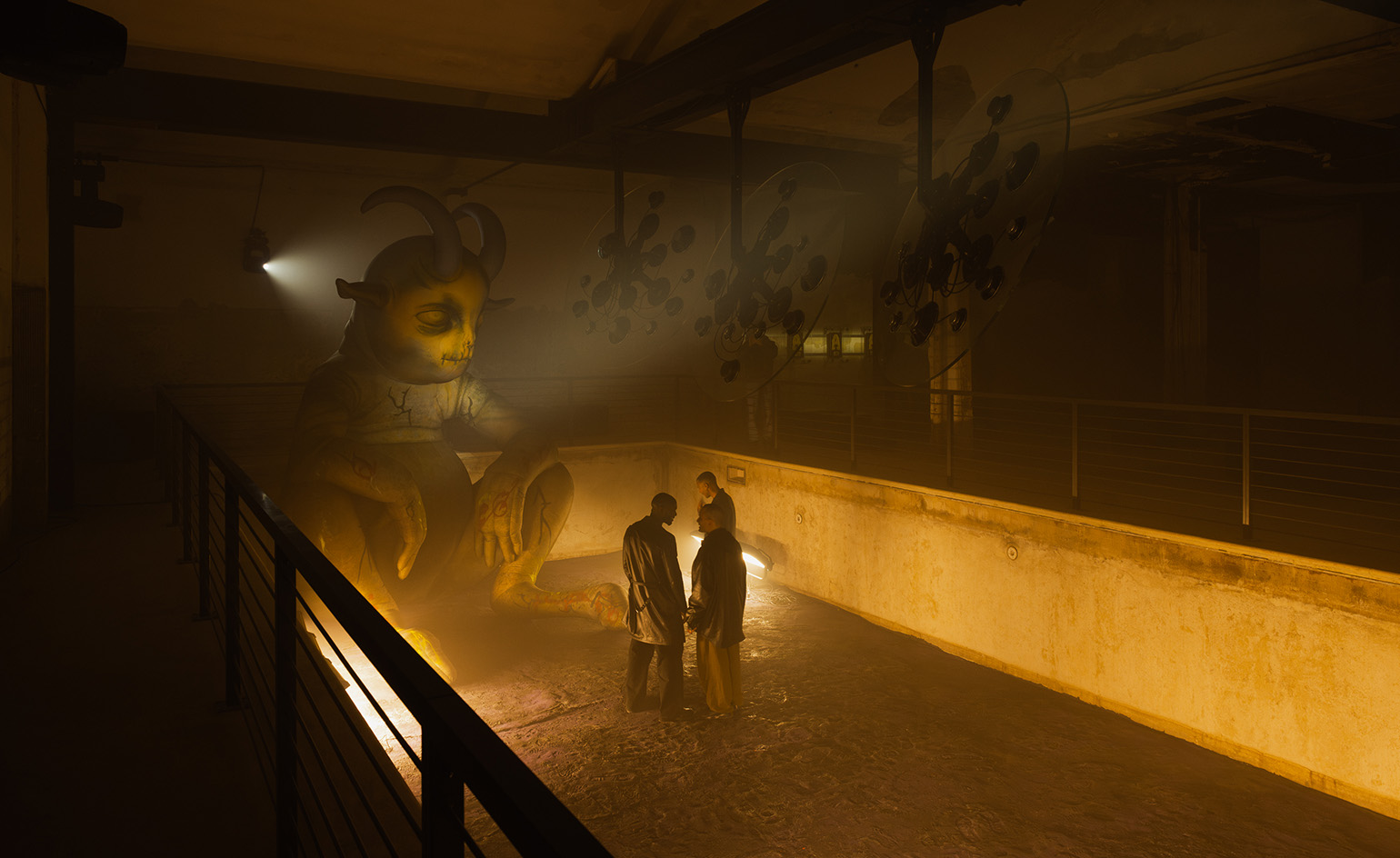 The making of PAN and Nike’s euphoric, club-inspired collaboration at Milan Design Week
The making of PAN and Nike’s euphoric, club-inspired collaboration at Milan Design WeekAlongside a new Air Max 180 release, ‘The Suspended Hour’ display sees Berlin record label PAN imagine the unfolding of a club night, from dusk until dawn
By Craig McLean